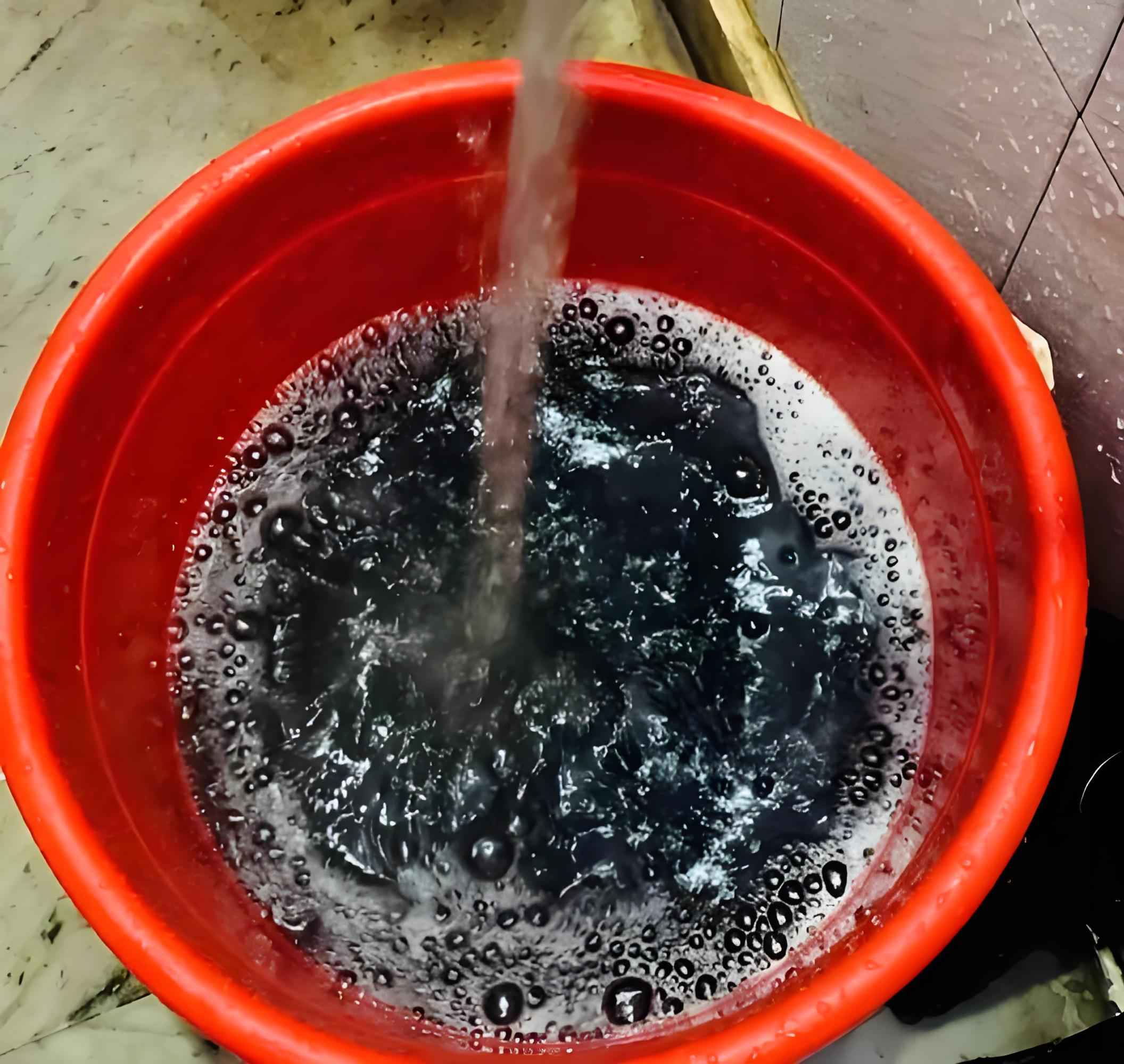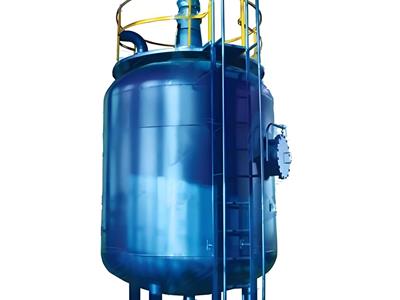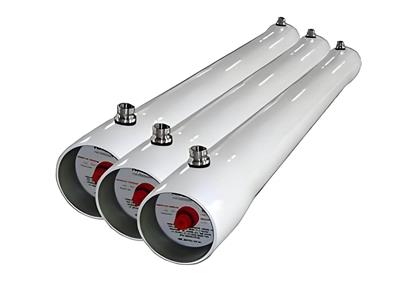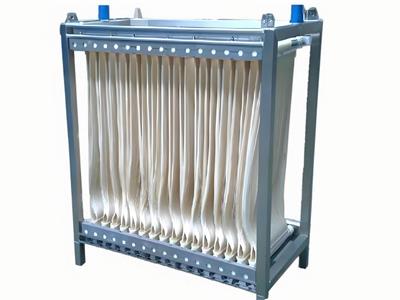- 2025-07-22
Remove color from water
Causes of chromaticity and health risks
The color development mechanism of water bodies is mainly divided into two categories:
Apparent chromaticity: caused by suspended particles/bubbles (no direct harm to health)
True color chromaticity: derived from natural organic matter (NOM) and disinfection by-products (DBP), containing carcinogens such as chloroform (penetrated through skin contact)
Key data:
DBP skin absorption rate reaches 63μg/m²·h (shower exposure route)
When the chromaticity of textile printing and dyeing wastewater is greater than 500PCU, the biochemical toxicity increases by 40%
Multi-level color Degree control process
Nanofiltration deep treatment system
Molecular weight cutoff: 200-400Da (efficient removal of NOM and color-forming macromolecules)
Dual-effect treatment: simultaneous hardness softening (Ca²⁺/Mg²⁺ removal rate >85%) and color removal (color reduced to <5PCU)
Applicable scenarios: deep purification of medium and low TDS water sources (≤800ppm)
Activated carbon adsorption system
Material selection: coconut shell activated carbon (iodine value ≥1100mg/g)
Quadruple removal:
• Chroma (adsorption rate > 95%)
• Odor (odor threshold drops to below level 3)
• Residual chlorine (residual amount < 0.1ppm)
• Soluble iron (Fe²⁺ concentration ≤ 0.05mg/L)
Economical efficiency: the cost of treating a ton of water is only 1/3 of that of the RO process
Key points of engineering application
► Process collaborative design
Pre-AC pretreatment: Extend the life of NF membrane to more than 5 years
Post-NF fine treatment: Ensure the stability of effluent chromaticity ≤ 3PCU (GB 5749 standard)
► Special pollution response
Water sources with excessive iron and manganese: add aeration oxidation + multi-media filtration units
Water bodies with algae outbreaks: integrated UV sterilization device (40mJ/cm² radiation dose)
Technical benefits
Health risk prevention and control
DBP concentration reduced to <10μg/L (1/5 of WHO limit)
Eliminate the percutaneous absorption pathway of three-causing substances
Overall improvement of water quality
Chroma: stable from >50PCU to ≤3PCU
TDS: controllable range 30-500ppm (adjusted as needed)
Turbidity: continuously maintained <0.1NTU
Operational economy
Activated carbon regeneration cycle extended to 18 months (countercurrent flushing technology)
Nanofiltration system energy consumption <0.6kWh/m³ (only 60% of RO)






